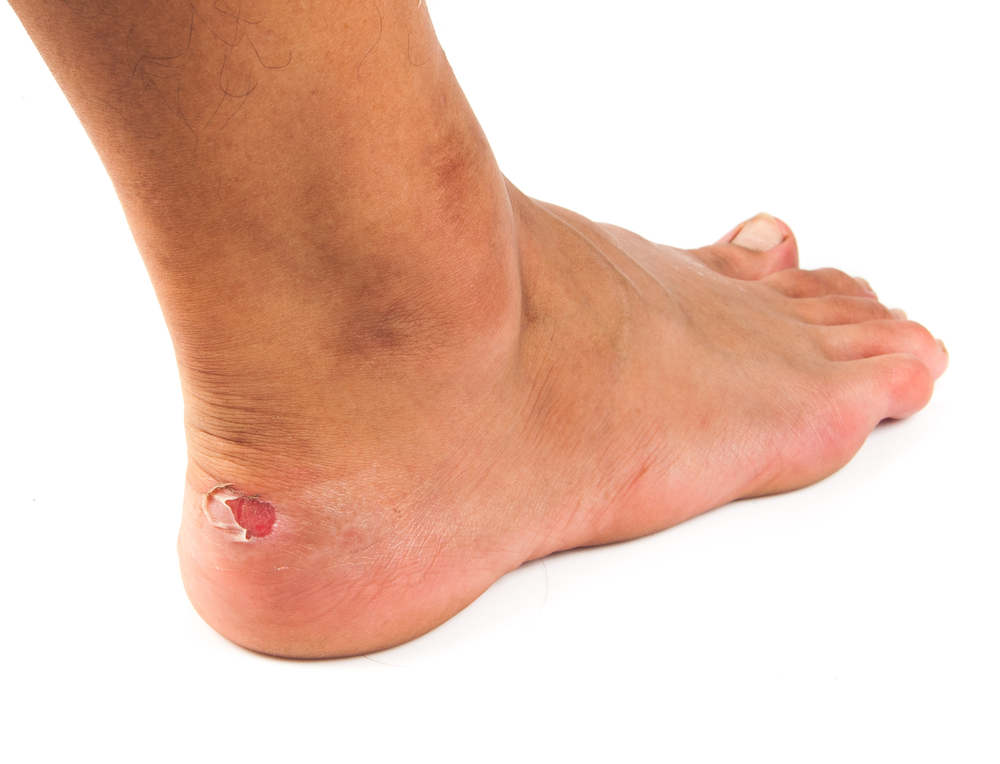
What is chafing?
Chafing is a condition that arises when skin tissues rub against one another or when skin rubs against clothing. It can lead to a variety of symptoms, including redness, itching, inflammation, tenderness, soreness and swelling at the affected site. These symptoms can worsen when the affected area comes into contact with water. Chafing occurs during running, cycling, swimming and other sports. The most affected regions are the inner thigh area, armpits, nipples, feet, or the skin underneath the heart-rate monitor strap or near the seams of a wetsuit.
Reasons for chafing
As mentioned, the most common cause of chafing in athletes is contact with chest straps or clothing seams. Sweat tends to worsen the skin irritation and can lead to rashes and inflammation. Tight-fitting clothing is more likely to rub against the skin than looser-fitting clothing. Generally speaking, cotton tends to lead to more chafing than synthetic fibers. This is because natural fibers retain moisture near the skin, rather than wicking it away in the manner of modern synthetic materials.
Preventing chafing
One way to help prevent chafing is to wear appropriate clothing. This includes clothing that helps keep your skin dry and wicks moisture away from your skin, as well as clothing with no or only small seams. Underwear and bras with seams or other sewn parts that rub against the skin should be replaced with items that do not contribute to friction. Comfortable synthetic fabrics and clothing that do not rub against the skin are recommended. Clothing that compresses – for example, garments made of Spandex or Lycra – may also help. If you tend to suffer from chafing on the thighs, you should also wear pants and/or shorts made of these materials. Make sure you change out of wet clothing promptly after exercise.
New gel to prevent chafing
pjuractive 2SKIN protects against chafing and blistering. Immediately after application, it forms an invisible protective film on the skin. The cell structure is strengthened and the pressure on the skin is spread out over a larger area. And unlike conventional creams and sticks, your skin remains breathable! 2skin has been dermatologically tested, is free from skin-weakening emulsifiers and is water and sweat resistant. The product is also safe to use with functional sports clothing and wetsuits.
pjuractive 2skin offers many advantages over traditional creams that are often used by cyclists. Only a small amount is needed and it is applied directly to the skin, whereas traditional creams are applied in thick layers between the skin and clothing.
Treating chafed skin
If you do end up with chafed skin or if you’re reading this because you didn’t have any gel on hand to prevent chafing, here are a few tips: take time to allow your skin to heal, while ensuring good nutrition, and apply a bit of chamomile ointment to the area. Chamomile oil (also known as calendula oil) promotes healing and has anti-inflammatory, antifungal and antibacterial properties. Before applying any ointment, cleanse the affected area with lukewarm water, even if it stings at first. This will help prevent infection.
A healthy, balanced diet can also help to heal damaged skin. Foods rich in Vitamin A, C and beta-carotene boost the immune system and promote healing when skin is chafed or inflamed. Monitoring your calorie intake can help prevent weight gain that contributes to skin folds, which are areas where chafing is more common.
If the chafed area is small, you may also cover it with a small bandage to protect the skin and prevent further chafing. If the affected area is swollen, crusted, bleeds, or is unusually painful, you should consult a physician. Skin that is infected may require treatment with prescription antibiotics.